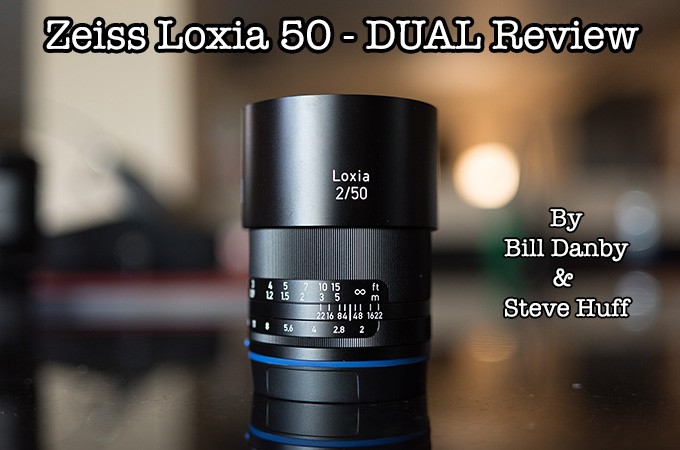
DUAL Review: Zeiss Loxia 50 F/2
by Bill Danby and Steve Huff
Hey everyone! I have been shooting the Zeiss Loxia 50 f/2 for 2-3 weeks now and LOVE it. I also received a guest report on the Loxia 50 and decided to post both my thoughts and Bill Danby’s thoughts at the same time. First, I will let Bill say what he thinks about the Loxia 50 as he says all that needs to be said! Enjoy!
Bill Danby Loxia Review:
Just about every discussion of the Loxia 50mm also mentions the most likely alternative, the Sony/Zeiss 55mm. (And now, I suppose, I have too.) But this is very rarefied air we’re breathing here. They’re both outstanding lenses designed specifically for the Sony A7 series cameras. Any idea that one will leave the other in the dust is entirely misplaced.
I have used my 55mm extensively; but this will not be a “This vs That” review. Just because there’s an elephant in the room, doesn’t mean you have to pet it.
I don’t do video, so this review won’t be helpful for photographers looking to use the Loxia for that.
I’m not going to be coy. I REALLY like this lens. But I’m not going to recommend it willy-nilly. I’d like to tell you about the lens, and let you decide. But as they say in the small print: The following is provided on an “as is” basis. Your mileage may vary, etc.
So, why the Loxia 50mm?
The “Ifs:”
If you prefer primes lenses; and
if you prefer a “normal” (50mm) lens; and
if the manual focus is a serious plus for you; and
if you can live without some of the very attractive features of autofocus; and
if only having a manual aperture isn’t a practical negative,
then the Loxia 50mm might be the lens for you.
Image quality
The most important thing to know about the Loxia 50mm is that it’s balanced in terms of its qualities. Zeiss calls it a “flexible all-rounder.” There’s a lot of truth in that; but only for those that got through the “ifs” without having to think too hard about it.
The Loxia’s colour rendering and contrast are both great, and it has its share of Zeiss “pop.” Not OMG “pop;” but it’s a Zeiss Planar and it does what Zeiss Planar lenses do. Apparently the present level of contrast is more the result of the coating than the Planar design. The Planar design has almost 120 years of history and the Zeiss T* coating goes back almost 80 years.
It has extremely low distortion and very little chromatic aberration.
F/2.0 is pretty fast. To get to f/1.4 would have required a bigger lens and that would not have been in keeping with the brief. This is the same speed as its sister, the Loxia 35mm. You have to keep in mind that this is f/2.0 on a full-frame. That means that at f/2.0 on the full frame camera, depth-of-field is slightly more shallow than at f/1.4 with a 32mm (50mm equivalent) lens on an APS-C (crop sensor) camera. So, this affords acceptably narrow depth of field for isolation of a subject, such as for some portraits.
Apparently, the Inuit people have at least 53 words for snow. We seem to be working toward that number of adjectives to describe bokeh. The Loxia’s bokeh isn’t the very creamy style prized by some; but it’s not “nervous” either. I find the bokeh from the Loxia to be both attractive and useful.
This is an outstandingly sharp lens, with a slight softening at the corners, wide open. I had to look for it. It’s not a problem for me.
The lens is an equal partner for the Sony A7II. And from the other reports I’ve read, it also meets the demands of the A7r (which I don’t have).
It’s not a zoom
Prime lenses held pride of place for many years, but times have changed. The quality improvements in zooms have been revolutionary. So now, while there’s a bit of image quality in it, the main difference is lens speed.
Zooms for the A7 series (even the lowly 28-70mm kit lens) usually have their own stabilisation. So if you’re not going to be using an A7II (or, seemingly soon, the A7rII), then using the Loxia over a zoom will cost you the stabilisation as well.
Almost everyone who has had occasion to use my camera, has asked where the zoom ring is. Their reaction on learning there isn’t one, can only be described as pitying. Now, with the Loxia, they’ll be wondering why it isn’t focusing. (I fear that things will be moving from pity to something else.)
Manual focus
Manual focusing seems to have “old school” written all over it. It’s unfortunate that some think that manual focusing is just for “old guys” (apologies for the sexist terminology) trying to recapture their experiences from the day. Feeding such a view is the fact that old guys started in photography without any autofocus. So, they, or those with experience in using legacy lenses, adjust to manual focus more quickly.
I hate thinking I’ve nailed the focus on a shot, only to find out when I get it into Lightroom that the system has chosen something else to focus on. (That, of course, is the camera rather than the lens.) So, while I still may occasionally miss the exact focus with the Loxia, I don’t get those surprises.
Any movement of the focus ring triggers an immediate magnified view. And a half-press of the shutter button brings you back the full view ahead of whatever timing you’ve set. You can, of course, turn that off and magnify when you want.
It took me a little time to get used to that magnification arrangement because I had been used to giving the shutter a half-press to force an autofocus.
Focusing with the Loxia is fast. It’s not always as fast as some autofocus systems, but it’s more reliable. Manual focus, however, rarely gets lost in the hunt. I usually leave focus peaking on, but I depend on the magnified view.
I’ve also assigned the magnified view to the A7II’s “C1” soft key. That allows me to get an even higher magnification quickly when I need it.
If you’ve come to depend on Sony’s great, eye-focus feature (or faces, or smiles, or face recognition, or tracking focus), those don’t happen with the Loxia. Except for the loss of the eye focus (which is very accurate, and simple even on a tripod), I’m relieved. There’s no grid of phase detection points, or boxes around people’s faces, or green dots to signal focus.
It’s just point, focus, and shoot.
Zone focusing is not just for street photographers. Once you get used to a hard infinity limit and a hard close focus limit (at about 18 inches), then it’s easy to estimate where a shot is going to be.
I haven’t tried astrophotography, but my lens sets accurately to infinity. So, if you’re trying to focus on the stars, it’ll probably be easier on the Loxia.
It’s ironic for me that after years of watching the developments and discussing the relative merits of phase detection and contrast detection autofocus, I’ve decided to skip both — just when they’re getting really fast.
Handling
The lens is all metal, so it’s relatively heavy, although Zeiss calls it light. Zeiss says it’s 320gm, but with the hood and front lens cap mine was 358gm). My kit (the A7II with the Loxia, but without a strap, ) comes in at 970gm. With the strap, call it a kilogram (2.2lbs).
I find that the on-camera balance is perfect.
I’ve heard the lens called ugly. That, of course, is personal taste; but it doesn’t seem ugly to me.
The focus ring is well placed and wide enough. The ring begins just behind the lens hood when the hood’s attached, so the ring is quick to find. Yes, yes, the focus ring is very smooth. It’s a Zeiss manual lens — it needed to be.
The full, focus rotation for the Loxia is 180 degrees — a manageable spin. But, that’s not the useful information. What you need to know is that the focus rotation to go from 2 meters (6 feet) to infinity is only about 35 degrees (about a tenth of a turn of the focus ring). This means that for most situations I can focus within that range without taking my fingers off the lens.
I wouldn’t have minded a slightly wider aperture ring. No big thing.
Manual aperture
If you’re not a dedicated aperture-priority shooter, then the Loxia isn’t the lens for you. It’s an absolute manual aperture.
The Loxia’s manual aperture benefit, as with manual focus, is that you not only set it on the lens, you can see what you set; and you can see it even if the camera is “sleeping,” or off.
With an auto lens you can select aperture priority, or not. No such choice with a Loxia. (This means that you can’t put the camera on “auto” to hand to a bystander to take your picture.)
I rarely use the video on my camera, so I don’t need to switch off the aperture clicks. But I was curious to see if the small screwdriver from my Swiss Army Knife (usually used to tighten the screws on eye glasses) would work on the Loxia’s click/declick selector switch, that’s located on the lens mount. It’s not a great fit, but it does.
Exif data reporting
Because the lens reports the exif data to the camera, the f/stop appears in the electronic viewfinder as well. Cool.
The exif data, however, is not just information for idle curiosity. The information feeds the exposure calculations. And when images arrive in Lightroom, you’ll have aperture data with those shots.
The focus data is also used by the A7II’s stabilisation to afford the full, five-axis assistance, rather than the three-axis available to other manual focus lenses. This also means that when you attach a Loxia, the Sony recognises it and sets the system to the lens just as it does for Sony lenses.
The details
The lens shade is metal, but light. It reverses, but the hood is deep. So, when it’s reversed it pretty much covers the focusing ring. There’s only the slightest sliver of ring available in a pinch. You really have to remove the hood to focus the lens. I mentioned that it’s metal, but it has a plastic ring on the inside for the actual connection to the lens. The inside of the barrel of the shade feels as if it has a coating and it’s BLACK. It takes a quarter turn to lock it into place, so if you start with the Zeiss logo at the top, then a quarter-turn will lock it into place and bring the “Loxia 2/50” to the top.
I shoot almost exclusively in RAW, so most of the “features” of the camera are irrelevant to me. I love the manual focus and I welcome the manual aperture because I used to shoot in aperture priority anyway.
On A7 lens mounts there’s a white dot for aligning the lens when attaching. The corresponding dot on the Loxia 50mm is blue, and almost invisible in poor light. I use the words “E-mount” in (noticeable) white lettering that’s right next to the blue dot as my guide.
The Loxia is a much tighter fit on the A7II than on the A7. That’s a good thing, because the lens mount has been strengthened on the A7II. The only problem is that there’s very little finger purchase on the Loxia 50mm in the space between the aperture ring and the camera for giving it that twist. It’s a bit easier to use the space between the aperture ring and the focus ring.
I haven’t done any testing, but without an autofocus motor, I think I’m getting better battery life.
Conclusion
I have the Loxia, and I’m keeping it. It’s my everyday, “walking around” lens. And, I’m hoping for Zeiss to release a Loxia 85mm in the future.
I’d like to think that after reading this, you’ll come away with an idea about whether this is a lens for you. But it’s serious money, so if you’re in a big city, you might want to rent one for a couple of days.
Alternatively, when these lenses are more available, head to your local dealer, put one on your Sony, and take it for a spin (focus-ring play-on-words intended).
I have to agree that autofocus has become incredibly good on mirrorless cameras, and you can still manually focus those lenses with fly-by-wire. So, I admit that the Loxia’s manual focus may provide more lens control than actual photographic control. But I’ve used fly-by-wire manual focusing as an adjunct to “auto” on many autofocus lenses, and I don’t miss those experiences.
Good luck with your Loxia, or whatever lens you choose.
————-
Steve’s thoughts on the Loxia 50:
After my 35 Loxia review I knew I would have fun using the 50 Loxia. For me, this lens is fantastic in size, feel build, and use. I am one who is used to manual focus primes, so this is always my preference. I love Leica M glass and using them, so the Loxia was a natural fit for me and my uses and tastes.
The build is fantastic, feels almost like a Leica lens. At least feels as good as the standard 50 Summicron. Image quality wise it is also fantastic with very little CA, distortion and the lens is razor sharp.
My 1st shot with the 50 Loxia gave me 50 APO detail and rendering, all on my Sony A7S
I will not repeat what Bill said above as he nailed it when he described the lens qualities. He basically said what I would have said, which is cool as now I do not have to write it all 😉 Even so, this lens is priced VERY RIGHT at $949. For under $1,000 you can get a lens that performs almost to the level of the Leica 50 APO which comes in at $7500 or so. See Brad Husik’s test HERE between this lens and the 50 APO.
The A7II and the Loxia is a match made in heaven. Color, detail and pop.
The build and feel is much nicer than the M mount version from Zeiss. It is a perfect match for the Sony A7 system, and it works well on my A7s and A7II. Beautiful. From the packaging to the all metal lens hood to the silky manual focus feel to the auto magnify when you touch the focus ring, this lens is a winner in every way. If you love manual focus primes with some speed, then this is a lens you will adore. For me, this lens and my A7II is really all I ever need. Sure, I own wide-angle lenses and longer lenses but for me, the 50mm is the true classic prime delivering closest to what our eyes see.
During my use with the lens I enjoyed every second of it. I never once had frustration nor did I ever wish I had a faster or different lens. I never yearned for auto focus as this lens is as easy to AF as the 35 was, and these rank among the easiest MF lenses I have used. With the auto magnify of the A7 series, it was a breeze to lock in critical focus. It is really quite fun to use the Loxia line.
All images below from the A7II and Zeiss Loxia at f/2 – Various ISO EXIF is embedded.
Color is delicious, typical of Zeiss glass. It has the sharpness and detail, the build and feel, the great usability and the super pop and color that one would expect. All in a small prime under $950. A must buy for those who love this type of lens. I would take this over a Leica M 50 converted for use on the A7 series. Easy. In fact, this is one of my favorite lenses for the A7 series camera. I enjoy it much more than the Sony 55 1.8 (which I own) as the build is nicer, the lens is smaller yet heavier (better build) and again, I prefer the manual focus. I also feel the images have more character than the Sony/Zeiss 55 1.8. Price wise, they are about the same.
Below are more of my photos with the 50 Loxia during my time with it. All on the Sony A7II (my #1 camera of choice today) – my A7II review is HERE.
Where to Buy the Loxia Lenses:
PopFlash.com is an authorized Zeiss dealer and they carry the Loxia line HERE
B&H Photo also sells the Zeiss Loxia line HERE

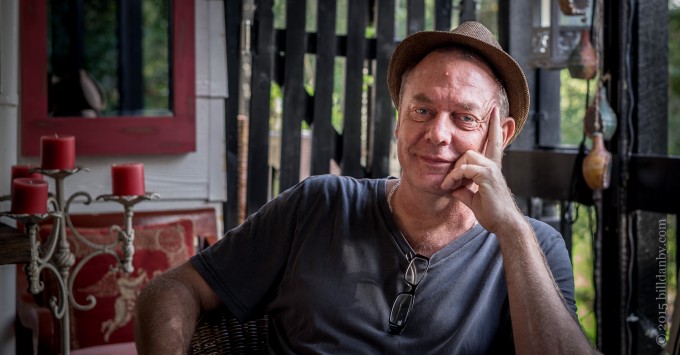
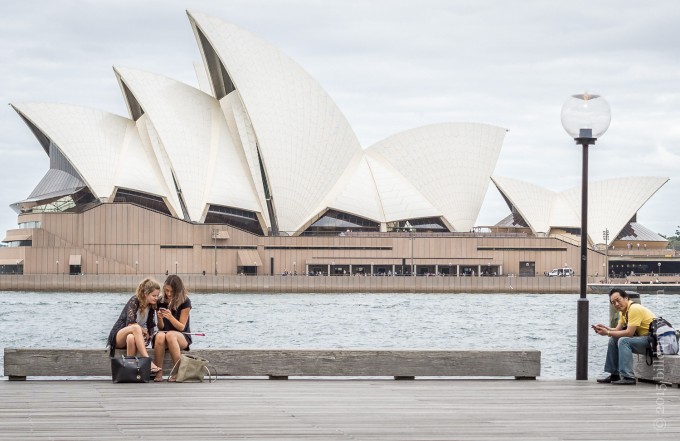
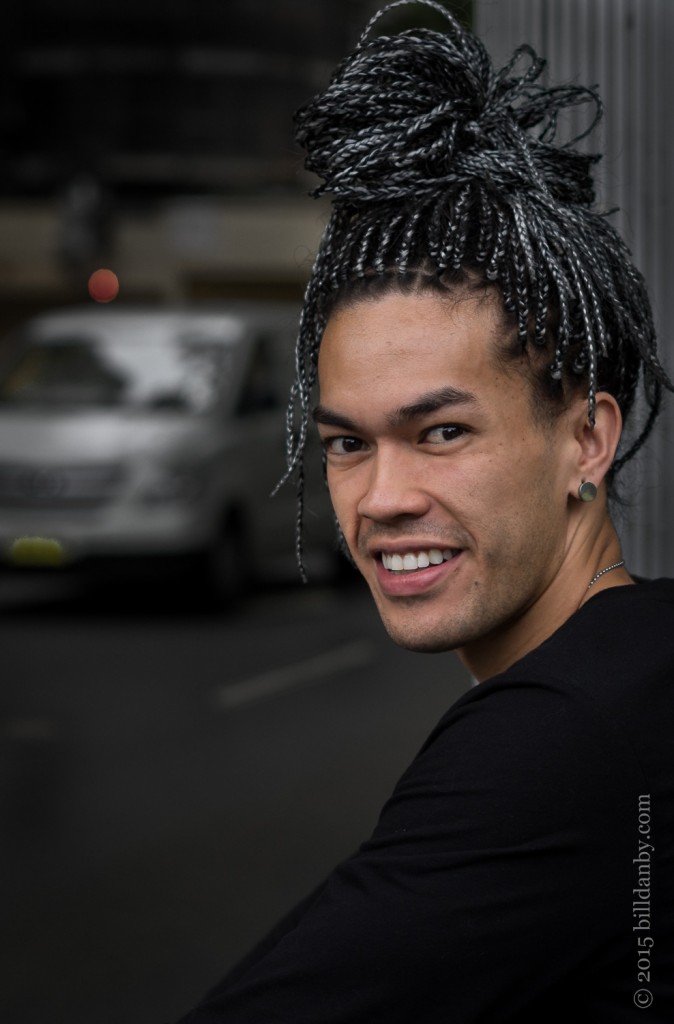
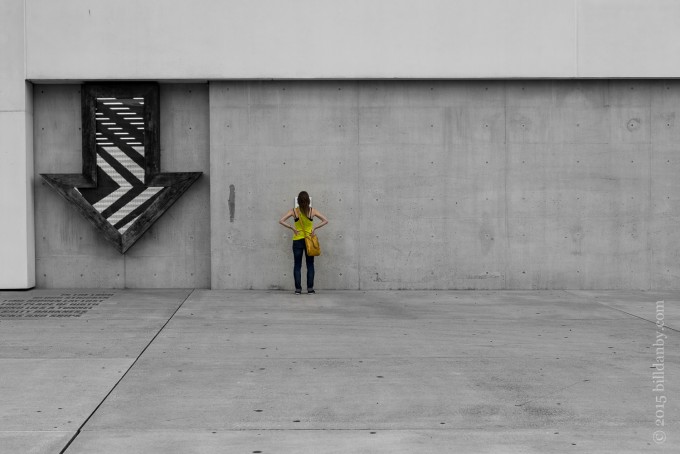
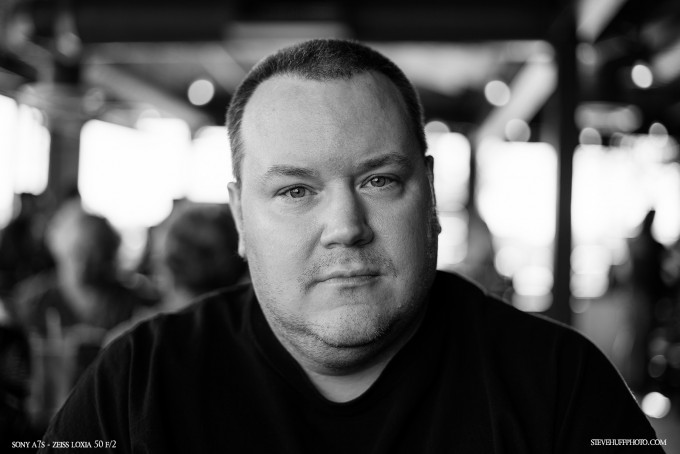
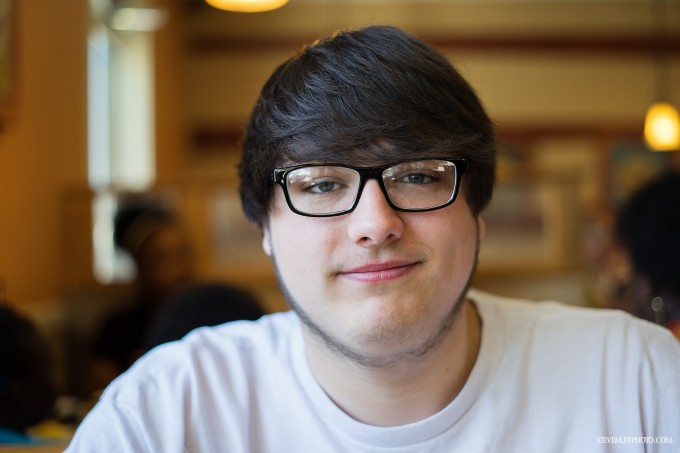

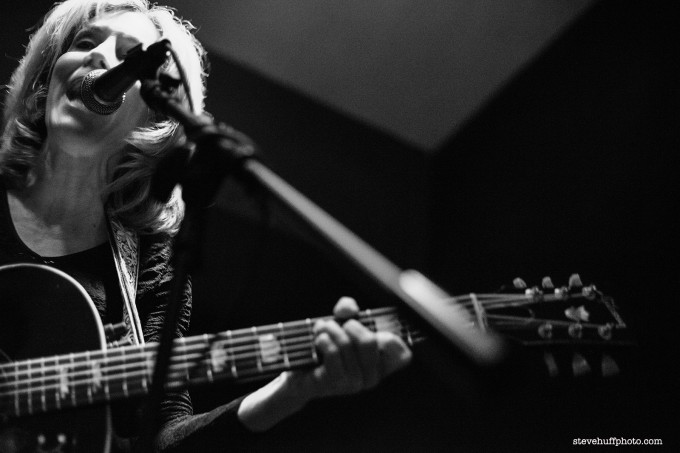
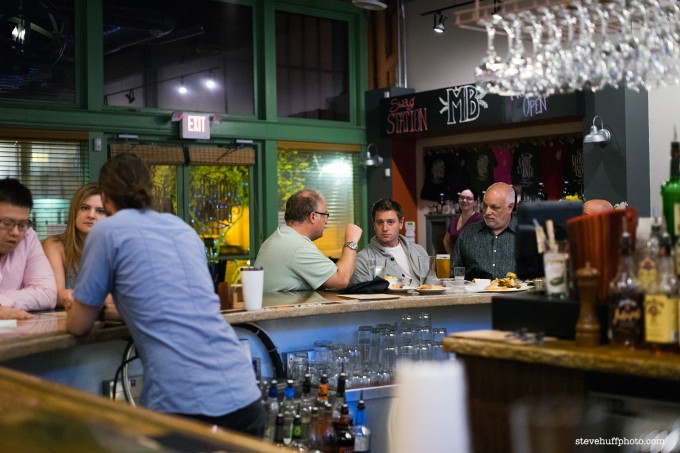
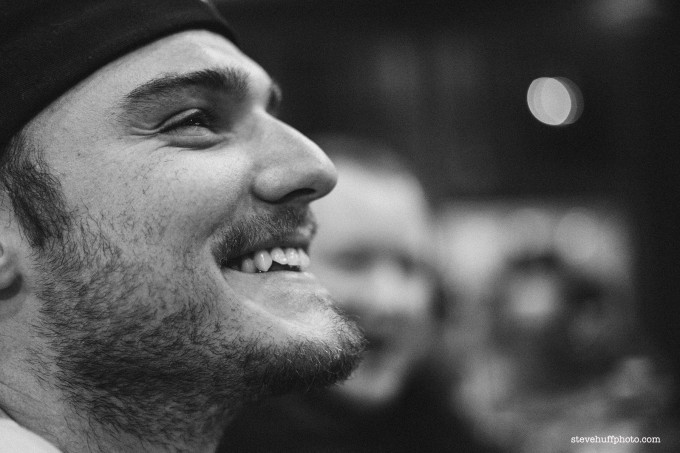
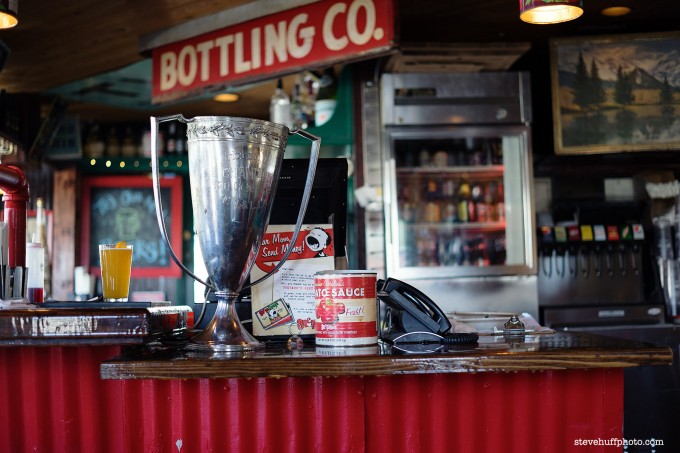
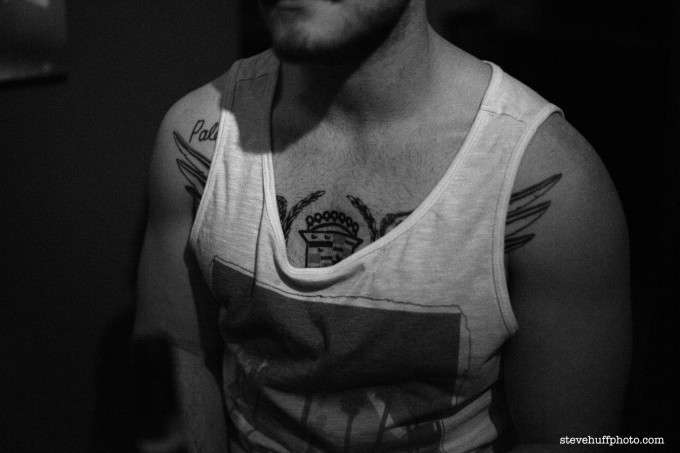
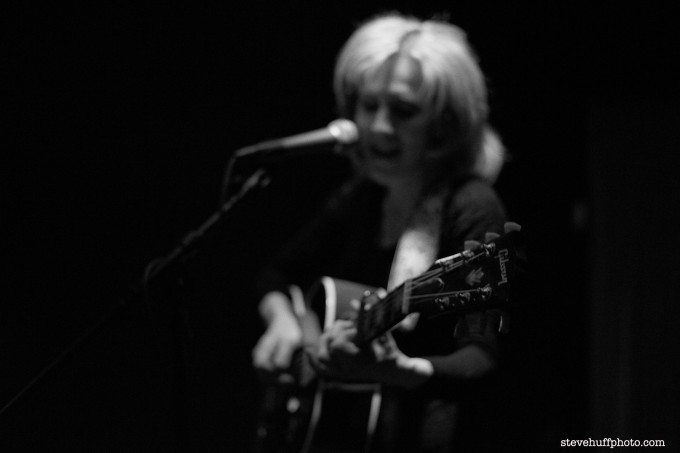
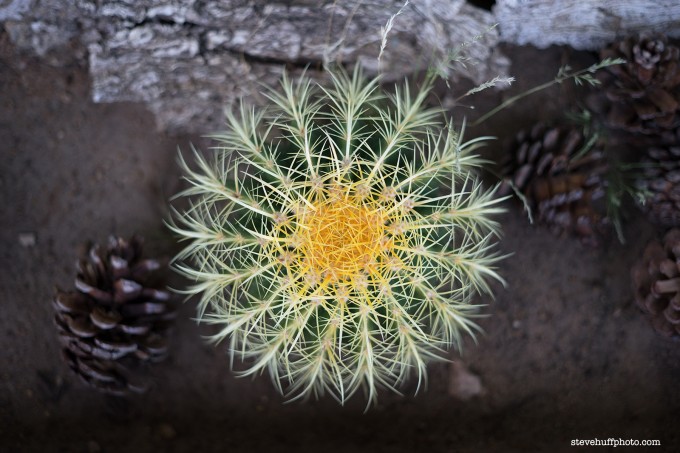
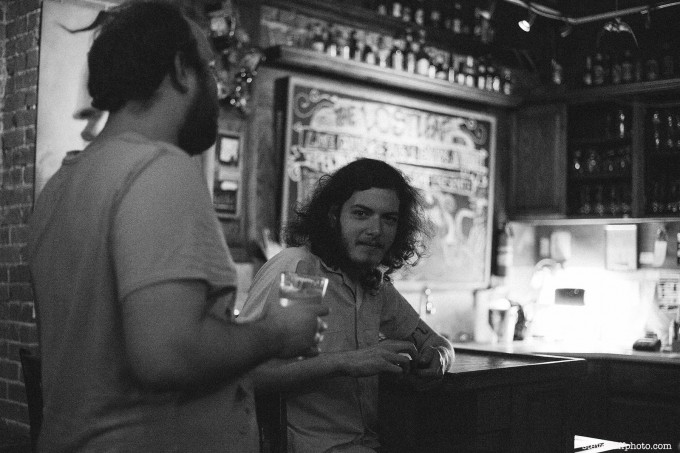
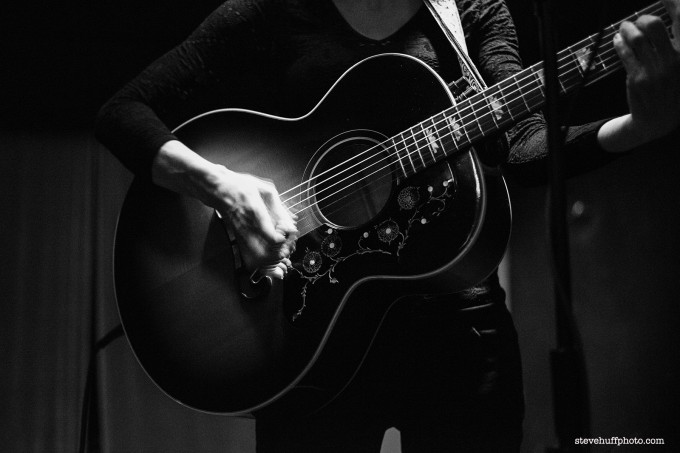
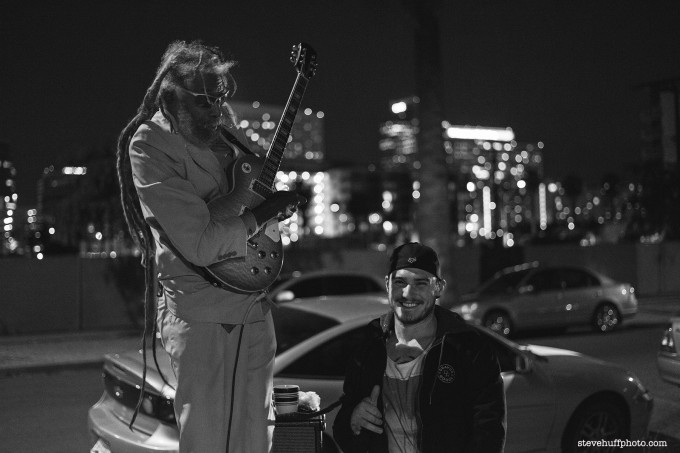
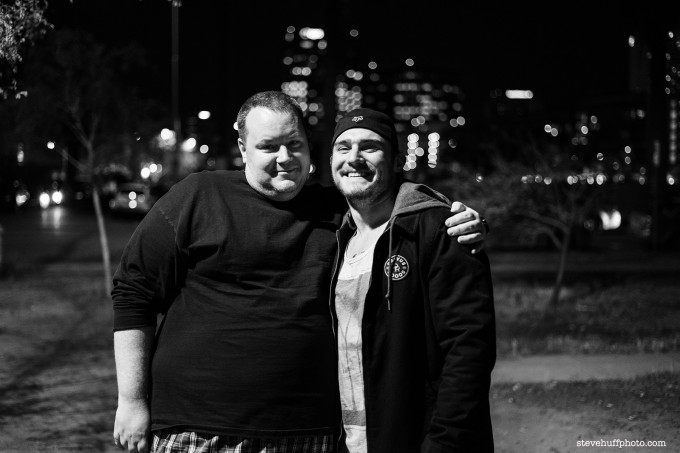
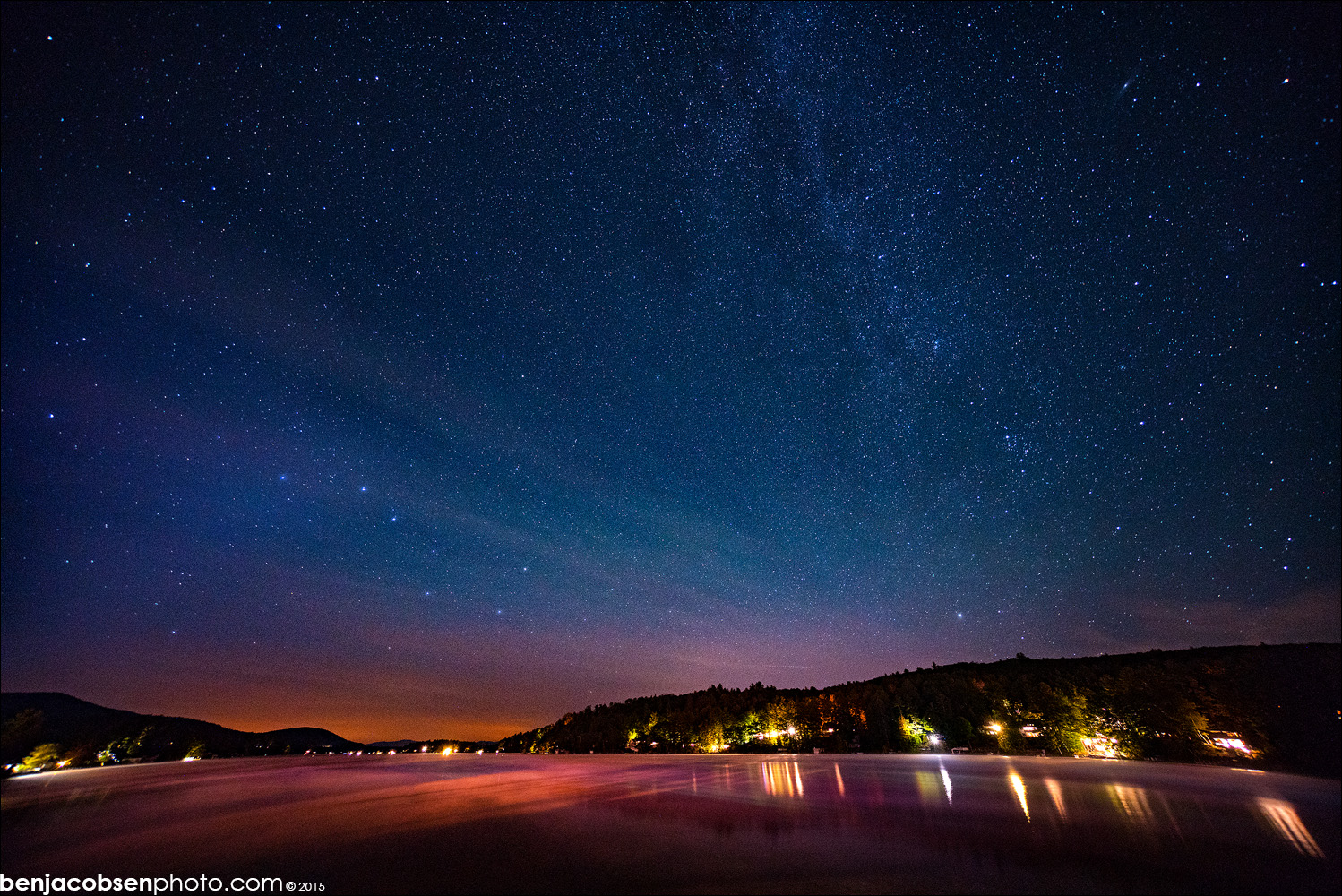

Hi Steve, i agree totally with you. I’d owned the 55mm 1.8 and yes, it’s accurate and sharp. But it’s not the look i prefer. With the Loxia’s now (35mm & 55mm) it feels like an old film-camera for me. With a bit learning now it’s easy to fast focus.
I’m totally happy with the lenses. And if i have a paid job for the whole res and sharpness i can use my Fuji GFX 😉
Anyone compared the 50mm loxia (Planar) to contax/CY Planar 50mm 1.4 or 1.7? seems to me that the only thing these old lenses are missing, is the ability to start the focus magnifier automaticly. All the best, Anders
I must say, I am really disappointed in this review. Bill talks about the elephant in the room being the Sony FE 55mm 1.8, and ignores it. For people like myself, I really want to see the differences between the two. A proper review is not which you “like” more, it is more about contrasting the differences between the two and letting the reader decide.
I really wanted to see comparisons of the two lens side by side. Now I will have to go elsewhere.
I own the 55 1.8 and the 50 Loxia. No contest. The Loxia offers a nicer rendering where the Sony is more sterile, many say this, and it is true. You base your choice on AF or MF, the Loxia is manual, the Sony is Auto Focus. I posted a comparison with the Loxia against the Leica 50 APO, which is a $7500 lens, and the Loxia won in many of the tests. It’s a stellar lens. BUT you should go elsewhere to look at ALL reviews, not just this one. Do research, see what others say. This is free information, you are not paying for it and I owe you nothing. If you do not like what you see, write your own review 😉 Thanks!
I agree Steve. The reviews here led me to make the decision to buy the Loxia 50mm. I have never regretted that decision. Thank you for the great service you provide here.
Do you have any european links? I’m going to buy the 55mm or the 50mm, I’m still undecided. Grr… When I do, I might as well support you.
Does the 50mm have less ca than the 55mm? I prefer the bokeh of the 50mm, I think that’s just because the aperture blades are different. People complain about the corner performance, but if you focus on the corner of a scene, rather than focus on the middle at something flat, does it focus well? There’s a difference between poor corner performance and curvature, in my opinion
Hi Steve, one question: is there a big difference between the Loxia 50 and the 50 lux when mounted on an A7II? Is the Lux worth that price compared to the Zeiss?
Thanks a lot!
I do not think it is worth the extra cost, unless you want a Leica M lens and 1.4. The Loxia is FANTASTIC, and compares to the Leica 50 APO Cron.
Wow. Wow. Wow. Just brilliant to shoot with and output. Its such a perfect niche and hoping we can expect at minimum 28/2, 35/1.4, 50/1.4, 90/2 🙂
I am using my Canon 50 mm f/1.2 with my Sony A7 and A7s. I get the exif info via a metabones adapter. I love the results but it is a huge lens, you have got me wondering how much I will be giving up moving from f/1.2 to f/2.0. The Loxias are very appealing.
Hello Cal,
I am tossing up between your lens combo and the loxia. Do you have any blogs or flicker pages that show this combo, or even an image of the lens on the body? I am torn between these two options. Thanks, Jett.
No, I don’t have any pictures but I sold it to a professional photographer in Portland. He uses it on his Sony A7r ii with the new Metabones and it acts like a native lens! It is huge and bit out of balance but not bad. I bought the Loxia 50mm and I love that lens. Still, I love the bokeh on the Canon 50mm f1.2. The Sony 55 f1.8 is a wonderful lens too. AFS. BTW, I have found the Loxia 50mm on my Sony A7R ii is a great combo.
Thanks for the tips. I have decided to go with the loxia 50, and I am excited about the zeiss quality. I did love the look of that bokeh though… and the AF would be handy sometimes.
Hi all !
I’m very interested in the Loxia 50 but need the users advice. I owned an A7r + Nokton 50 1.5. It was a nice combo, but something annoyed me : while I had no trouble focusing at 1.5 in dark places, when the aperture was set to, say, f8, the in focus area was so large I wasn’t really sure where the focus really was. For better results, I had to focus at 1.5 and then reset my aperture at f8. this is due to the fact the aperture isn’t controlled by the camera (like DSLR are, the aperture is set when you shoot the picture, before the mirror goes up). So I wondered how it works on the Loxia. When you set the aperture at f8, what do you see on the viewfinder, full aperture or used aperture ?
Thanks a lot for your help !
C
You would prefer it to do away with the adapters
Will I even notice a difference in my photos between this lens and let’s say my Minolta 50mm macro or an Oly 60mm macro? Why would I need such an expensive lens?
Hi Owen,
It’s easy to get too wrapped up in the gear. I don’t know those lenses, but there’s probably no reason why you can’t produce outstanding work with them. Too little credit is paid to what care and attention by a good photographer can achieve.
A lens like the Loxia 50, made for the A7, however, just affords you a depth of qualities that makes the photography easier, quicker and more dependable across more situations.
Is it worth the money? For me, yes.
“Any movement of the focus ring triggers an immediate magnified view”. Really? You don’t have to hit a custom button to get that? And could you turn that feature off if you wanted to?
yes you can turn it off.
It seems to me that it is an all-rounder, as stated in the review. The 55mm Sonnar is a bit like that, but perhaps more obviously very high resolution and contrast. As an owner of the 55mm Sonnar, I have been hugely impressed how it has performed and used it recently for a big trip to Iceland where it accounted for quite a few images. Edge to edge performance is remarkable, even at wide apertures: however, its the less perfect lenses that now attract my attention. The 50mm ZM f1.5 Sonnar might be the better bet for others who own the 55mm FE Sonnar, because of its character.
The 50 ZM Sonnar, or better yet a vintage Sonnar or Jupiter 3. These lenses are delightful in their imperfection.
Forced to choose, which Loxia would you recommend, the 50 or the 35? I am aware of the differences these focal lengths deliver in both bokeh and angle of view but am wondering which one ultimately delivers the better image? Are there any clear, significant differences in sharpness and microcontrast between the two? I think I could get used to either focal length in time so would like prefer to pick the optically superior one. For those who have tested both, which Loxia would you choose if you could only choose one?
@Sqweezy
I own both. BTW, Steve published both my articles about those two lenses on this site. You can find them easily by typing my name in the search box on top of this site. Both lenses are very close, regarding IQ “level”, although somewhat different in “character”. I think you can choose, simple by thinking about which focal lenght you prefer. Personally I’d prefer the 2/50 Planar, if I’d have to take only one. But I absolutely want both! I have to say that, now that I own the 2/35 Biogon, I shoot a lot more with this focal length than before. You might as well like the 35 more. In fact, I have only one good advice for you: plan to buy both and start with the focal lenght that appeals to you the most (at this moment). Happy shootings with your Loxia’s!
same here. I started favoring the 50 but ended up proffering the 35. Both are superb.
@Steve: I guess you mistyped. I don’t know if proffering is a word that I don’t know, but I guess you meant “preferring the 35”. In that case: why? Is it because of the pretty unique and to my taste very beautiful and appealing color rendering of the 35? I have to say that those colors really entice me.
Yes, i was also wondering about this as well. I would also be very interested in that!
For me, the Loxia 35/2 was the logical first choice. My leica and ZM wide angles produce too many side effects. My Summicron 50/2 works fine, but the ergonomics of the Loxia are more than compelling. My pre-order is in the mail. In terms of application, the 35 is an environmental lens – a subject in his surroundings. A 50 gives more emphasis to the person.
The check list is helpful for choosing a Loxia over another lens. In operation on an A7M2, it is nearly as fast as autofocus, but with better control.
Cool dual review! 🙂
The images have a great cinematic look and feel. The 55/1.8 may be more modern, but this one has more character in my opinion.
I compared the 50mm Loxia against the Voigtländer Nokton 1.5 at a local shop and have to say that I will stick to my beloved Nokton. For me, it has more character, even more pop and is equally sharp – at half the price (as I got mine in mint conditions for $400 on ebay.) I agree, I miss the EFIX data I could get from the Loxia but get a faster lens and better built quality in exchange. The Voigtländer focus ring is amazingly Leica-esque – sturdy but so smooooth. However, I applaud Zeiss for their Loxia line. Pls. keep them coming and put me on your list for a 24mm and a 90mm or 100mm release.
Earl, thanks for that interesting comment. I wonder whether there is full use of image stabilisation with the Voigtlander. The next lens adapted for digital will be the VM 1.7/35 Ultron asph. And hopefully Cosina will continue with the Ultron 2.0/28mm. The Voigtlanders are a very attractive alternative that makes the A7 line even more appealing. Good reviews of these VM lenses on A7′ would be nice!
I really doubt that the actual Zeiss T* coating is 80 years old! Zeiss is constantly improving also his T* coating, so it will match with ist latest lens designs! Correct is, that Mr. Smakula, an Zeiss employee, did invented the lens coating system.
The original Zeiss T (no star) coating was introduced in the 1930s. It has been improved considerably since then, but even the original T coating improved contrast and reduced flair quite well.
I should know, I own a 1941 5cm f/2 Zeiss Sonnar T (coated) and a 1937 5cm f/1.5 Zeiss Sonnar (uncoated) and while the faster lens is known as a higher-contrast and more flare-resistant optical design, the coating more than makes up for the difference in those two areas. Of course, the uncoated lens has its own magic.
I wish I had an A7 series camera to as these two Loxia lenses seem to be the best of both old and new worlds on these bodies.
I believe you can get a new A7 or refurbished or even 2nd hand now at lower price since the A7 II essentially replaces it.
Yup, they aren’t too pricy, but I have too many systems as it is (Leica M, Leica X and Nikon Df). To add an A7, something else has to go, and lets not get started on lenses.
While I would love to have an A7II and the Loxia twins, I don’t really need them. As it is, I’m seriously thinking of ditching my Nikon kit and staying all Leica.
Fair point, Raner. I stand by the “T,” but I was wrong in showing the asterisk/star. Here’s what Zeiss says:
The process was developed by Alexander Smakula some 80 years ago in the Carl Zeiss workshop in Jena, and the patent was registered in November 1935.
Alexander Smakula from Carl Zeiss Jena had at that time already discovered that when light enters or leaves a lens, a certain percentage of the light is reflected from the boundaries. Depending on the type of glass used this is usually between 4 and 8%, and depending on the number of lenses the total light lost can be more than 50%. Smakula countered this significant disadvantage by covering the surface of the lenses with extremely thin layers of special materials. In doing so he changed the transfer of air to glass, thereby reducing the reflections. This led to greatly improved light transmission. Binoculars and riflescopes with this ”Transmission layer” were from that point, given the designation “T”, and the improved multi-layer coating developed at the end of the ‘70s was named “T*”.
I have an important question. Bill said “If you’re not a dedicated aperture-priority shooter, then the Loxia isn’t the lens for you. It’s an absolute manual aperture”. Does that mean if I use the “S” setting were I choose the speed and the camera chooses the aperture, the loxia will NOT choose automatically the aperture? So the “S” setting becomes useless? Could someone confirm that for me. I have preferred the “S” setting for 30 years now. Hehe
Yes, the Loxia will not be able to change the aperture as it’s fully manual and only sends digital signal to tell what aperture it is now. With the Loxia, shutter priority is essentially Manual mode.
Though it’s odd that you prefer to work in S priority most of the time as the constant change of DoF (what’s in focus, lens rendering) is more significant then change of shutter speed (motion blur or not)
It’s an aperture priority lens. That means that it’s not a shutter speed priority lens. Indeed, the “S” setting is useless.
S should essentially be the same as M mode. Like any manual-aperture only lens on any automatic camera, the camera cannot control a manual aperture.
M and A modes will work fine though.
You can use shutter priority mode if auto ISO is on. Sometimes you want more or less shutter blur, by setting shutter speed directly.
This is what I liked about the Loxia 50, the way how the Bokeh is done, look at the photos Steve taken, especially the 6th and 9th, I love it how there’s still some definition which works really well for people shots.
The images taken with this lens are outstanding. Good review guys.
Hey Bill, this is a brilliant review! This Loxia Planar is my every day lens as well. All I thought while reading was things like: indeed – of course – correct – right… Steve must have felt a bit frustrated, I guess, when he established that you said it all and he could only add with some findings from a different angle – still very worthwhile. All in all, I find it very worthwhile to read how different reviewers think about the same lens, pointing out different arguments to get to the same conclusion.
I did not find it frustrating at all! I was happy 😉 Made my job easier as he said what I would have!
Well, this is really great of you – giving other people the opportunity to publish. At the same time it’s very interesting to read different opinions, even if they think in the same way. Makes this site the more valuable. Smart concept!
Thank you for your kind comments, Dirk.
It was no accident that I sent my review to Steve and Brandon. I’ve been a fan of the site for a long time, and I hold the A7II in the same high regard as Steve. (I think that my review arrived in their inbox at the right time as well.)
Hey Steve,
how is it compared to the voigtlander 50 1.5
Cheers
Guys, really nice review. I like Bill’s conversational writing style and no-nonsense approach. I agree the 50 Loxia is a keeper. I just wish there was a way to get the Sony A7II to go into 11x manual focus magnification instead of 5x when you turn the focus ring, without having to hit a button.
Thanks for the compliment. Yes, using the “C1” is an extra button, but when you want the higher magnification three clicks does it. Not perfect, but….
I find the 5.9X usually works for me. I have the magnification time set to 5 seconds — longer than I need. When the focus is set, I use the half-press to return to full screen to confirm the composition, and then all the way down for the shot.
pity I’m not a MF person, seems a good competitor to the 55/1.8…
anyway, desperately waiting for your review of the FE 35/1.4 😉
Hi Steve, what about the 35 1,4 lens ?
Nice Review about the 50mm Loxia Lens so will you replace your 55 1,8 Zeiss ?
Well, can’t really afford to right now but one day I will. I prefer it to the 55.
Mh, I just thinking about it but its taff. I Prefere AF so I am Waiting For the 35 1,4 Review. You just told Us you got the Loxia 35 and 35 1,4. Which one will you keep ?
Nice reviews!
“F/2.0 is pretty fast. To get to f/1.4 would have required a bigger lens and that would not have been in keeping with the brief.”
The Voigtlander CV 50 1.5 and Leica 50 1.4 Asph both are lighter and smaller. But they both need an adapter to work with the Sony as the are M mount lenses. Still, it shows that Zeiss could have made this lens faster and smaller than it is.
No they could not have as the FE mount is larger than the M mount. They can not make the mount on the lens smaller than the mount on the camera otherwise an adapter would be needed which is why an Adapter is needed for Leica glass. As it is, it is almost the similar size as a Leica 50. But they can not defy the laws of physics so making it smaller would be impossible.
I’d guess they could make it more compact if they don’t correct as much for aberrations. In the same spirit as the C-Sonnar 1.5/50… It would be nice to have an E-mount C-Sonnar Loxia.
How large are the aforementioned lens+adapter combos? Ma
ZM lens + adapter has the same lenght as the Loxia. The adapter has the same diameter as Loxia, but the ZM lens itself is thinner.
Forget those Leica, Zeiss, and Voigtlander! It’s all about the MS Optical Sonnetar 50/1.1. Fast and small.